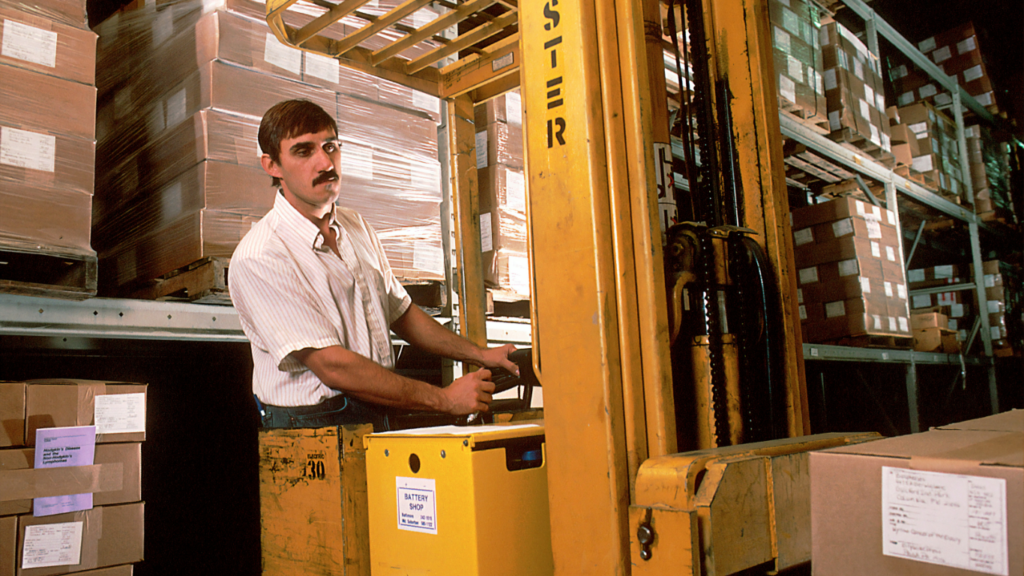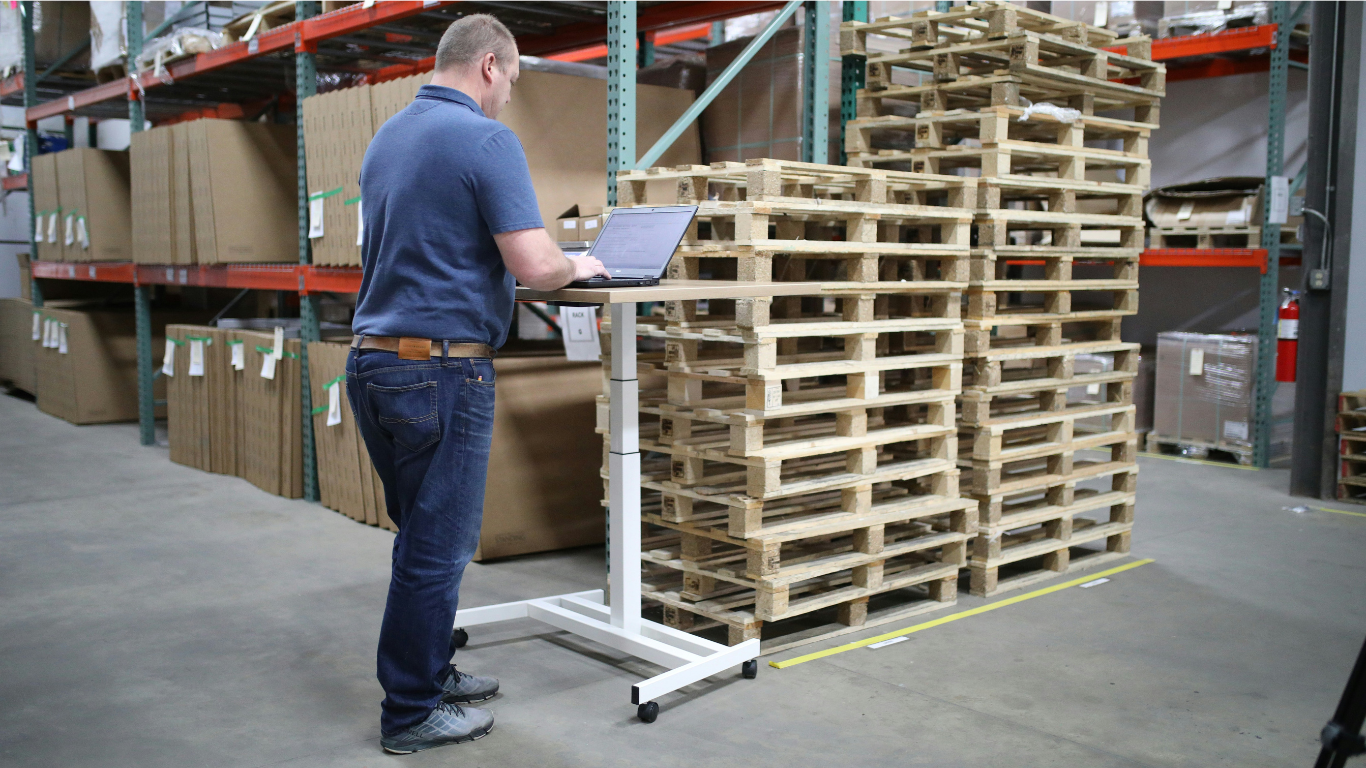Floor scales play a vital role in logistics and warehouse operations. They ensure accurate weight measurements for pallets, which helps maintain efficiency and compliance. Selecting the right scale requires understanding key features that make them reliable for industrial use.
Durability of Construction
The construction of a pallet scale determines its lifespan and reliability. Heavy-duty materials such as stainless steel or reinforced steel frames provide stability under constant use. A strong build reduces the risk of deformation and ensures consistent accuracy over time. Warehouses with high traffic or heavy loads benefit significantly from scales designed to withstand rough handling and continuous operation. In addition, durable construction minimizes maintenance costs, since the frame and components are less likely to suffer from wear. A well-built scale also maintains its precision for longer periods, reducing the need for frequent recalibrations. Companies that invest in high-quality materials often find that the equipment pays for itself through longevity and reliability.
Platform Size and Accessibility
The platform size directly affects how easily pallets can be loaded and weighed. For standard pallets, a 5×5 scale | 60×60 platform scale provides ample space and ensures safe handling during weighing. A properly sized platform allows forklifts or pallet jacks to maneuver without difficulty. Wider platforms also reduce safety risks by minimizing tipping or imbalance when weighing larger pallets. Accessibility features such as ramps and low-profile designs make loading faster and more efficient. Having the right platform size also helps optimize space in the warehouse by matching equipment capacity with workflow demands. Businesses that weigh oversized pallets regularly will benefit from choosing a broader scale, while smaller operations can maximize efficiency with more compact models.
Accuracy and Calibration
Accuracy is essential in pallet weighing, as even slight deviations can lead to inventory issues or compliance errors. Modern floor scales often feature advanced load cells that deliver precise results under varying conditions. Regular calibration helps maintain reliability, and some models include automatic calibration functions. Consistent accuracy reduces costly errors and builds confidence in operational processes. In warehouses where compliance with shipping standards is mandatory, accuracy prevents penalties or shipment rejections. Operators save time by reducing the need for reweighing pallets, which can interrupt workflow.
Load Capacity and Weight Range
Every scale is designed with a specific weight range, and selecting the appropriate load capacity is critical. Scales with higher maximum capacities prevent overload damage and maintain accuracy across different types of pallets. For warehouses that handle diverse goods, investing in a scale with both high capacity and sensitivity ensures flexibility. This feature also safeguards equipment and reduces long-term replacement costs. Using a scale with the right load range also protects employees, since overload conditions increase the risk of accidents during weighing. Businesses benefit from predictable performance, knowing that their scale can manage both light and heavy pallets without compromising results.

Ease of Integration With Warehouse Systems
Modern warehouses rely on interconnected systems for smooth operations. Floor scales that can integrate with inventory management software or digital tracking systems streamline processes. Data can be transferred automatically, reducing manual entry errors and improving efficiency. Some models also include wireless connectivity, making them easier to position without restricting workflow. Integration with barcode scanning or RFID systems allows for faster documentation of pallet weights. This seamless connection between the scale and digital records improves accuracy and reduces clerical work. Managers can also access real-time weight data remotely, which helps in monitoring productivity and addressing issues quickly. Selecting scales with integration options is an investment in long-term efficiency.
Safety and Ergonomic Features
Safety remains a top priority in environments where heavy pallets are constantly moved. Low-profile platforms make loading easier and reduce strain on workers. Anti-slip surfaces, ramps, and side rails further enhance operational safety. Ergonomic designs not only protect workers but also improve productivity by speeding up loading and weighing cycles. Scales that are designed with accessibility in mind reduce the likelihood of accidents involving forklifts or pallet jacks. Improved ergonomics also helps companies reduce worker fatigue and limit downtime caused by strain injuries. Prioritizing these features ensures compliance with workplace safety standards and fosters an environment where efficiency doesn’t come at the expense of employee health.
Floor scales designed for pallet weighing provide reliability and efficiency when built with the right features. Durability, proper platform size, accurate calibration, suitable load capacity, seamless integration, and strong safety measures are all essential considerations. Companies that select scales with these characteristics can streamline operations and protect both workers and equipment, making pallet management more effective in the long run.
Article received via email



























